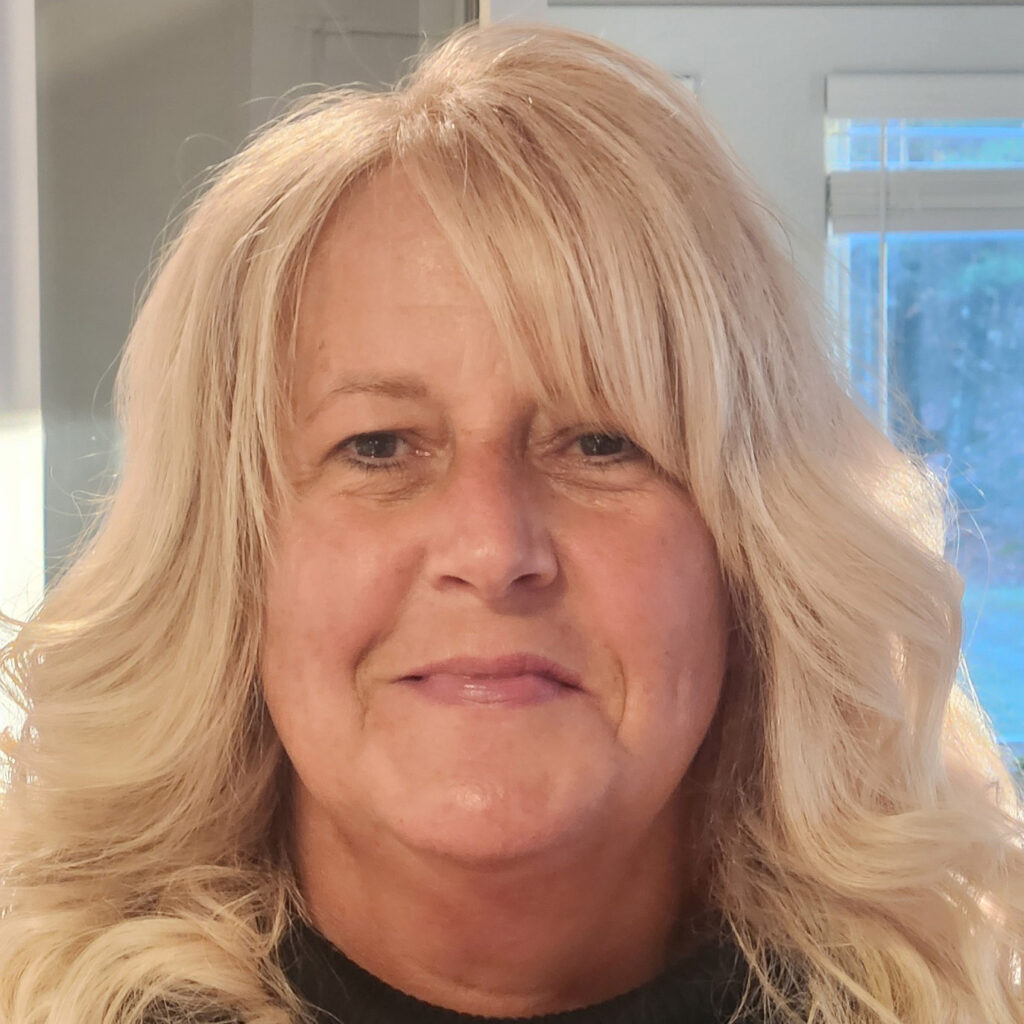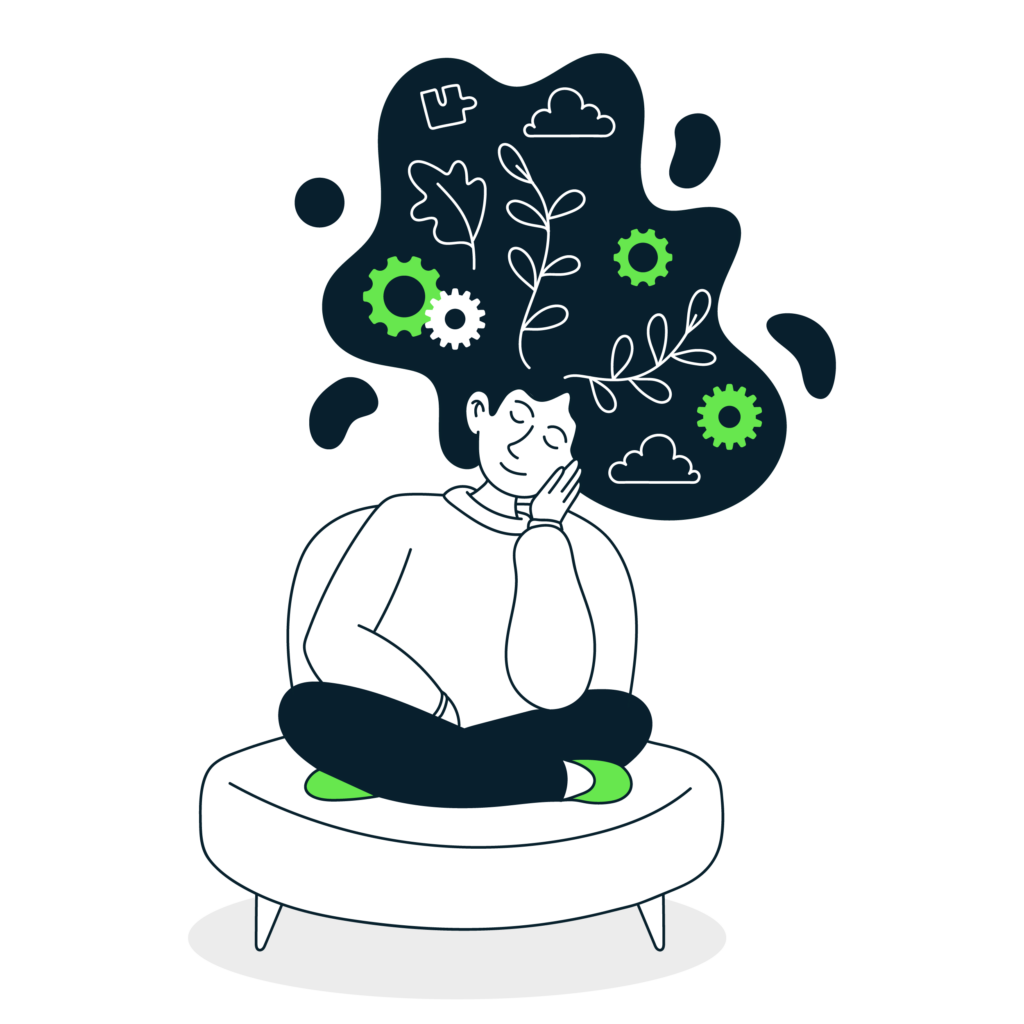In a recent webinar on wellness benefit communications, Flimp surveyed HR and benefits leaders. The results were eye opening:
- 56% struggle to educate their employees on their wellness benefits.
- 48% find it difficult to reach their deskless workers.
- 56% cite employees’ lack of action as a major hurdle.
Your wellness benefits are only as effective as the communication strategy behind them. Even if you offer dozens of wellness programs, your staff can’t take advantage of them if they don’t understand or engage with them.
At Flimp’s Mastering Wellness Benefits Communication webinar, HR leaders from Agiliti Health, Ken’s Foods, and Alegeus Technologies gave a behind-the-scenes look at what’s working (and what’s not) when it comes to employees engaging with their wellness benefits.
Related: Get access to our wellness toolkit here. Download it here →
Their insights, along with survey data webinar attendees provided, reveal a clear shift.
- Employees are overwhelmed with information, and relying on benefits emails isn’t enough.
- Communication can be challenging with a diverse workforce, and there’s a need to meet them where they are.
- Companies are moving from just providing benefits, and they’ve found that actively marketing them works.
So, how can your organization improve? The strategies below highlight what’s making a real impact.
Why Your Wellness Program Matters
Before we dive into the challenges of communicating your wellness benefits, let’s get clear on why they matter.
On average, organizations offer 22 wellness programs, with some providing over 50. Two out of three employees want more benefits and education year-round, yet engagement is still low. This low engagement often stems from a lack of awareness and a perceived lack of value in the benefits.
“Understanding what is driving your low engagement is very key and also really helps you year over year to find more creative ways to communicate.”

Heather Smith
VP of HR Strategy and Chief People Officer at Flimp
The question is: If employees aren’t taking advantage of all of these programs, why are companies pouring so much money into them?
The answer: Companies are starting to see the link between employee well-being, productivity, and their bottom line. Investing in wellness programs is an investment in their workforce and, ultimately, the health of their business.
The 4 Biggest Roadblocks to Wellness Benefits Engagement
HR teams aren’t struggling to offer wellness benefits. They’re struggling to get employees to notice, understand, and use them. Based on the webinar discussion and survey data, here are the top challenges:
- Information overload
Employees are bombarded with information all day long. When long emails or dense packets bury benefits details, they get lost in the shuffle.
- Confusing jargon
Benefits communication is often full of acronyms and policy details. 20% of survey respondents said helping employees understand jargon and nuances in benefits is a major struggle.
- Access barriers
88% of respondents are sharing wellness benefits by email. Yet, deskless workers, remote employees, and those without company emails risk missing valuable benefits updates.
- Miss-the-mark messaging
When an employee sees generic, one-size-fits-all messaging, they tune it out. Even if it’s relevant to them, it’s hard to see the value.
To solve these challenges, leading companies are shifting their approach. Let’s explore how they are moving toward more accessible, clear, and engaging strategies.
Simplify the Message
One of the biggest problems with benefits communications is it’s too complex. Your staff is busy, and digging through lengthy PDFs or detailed emails just isn’t going to happen.
Here are some ways companies are making information clearer:
- Create a single go-to resource. Some companies have introduced total rewards portals, centralizing all benefits information in one easily accessible place.
- Cut the jargon. Swap out long, complicated documents for bite-sized and easy-to-read updates.
- Increase accessibility. Each employee has their own unique learning style. This spills over into benefits communication. Short, engaging videos and content offered in different languages can skyrocket engagement rates.
“We wanted our imagery and messages to be consistent so our employees recognize content coming from benefits compensation and payroll.”

Laura Zard
Manager of Benefits and Wellness at Agiliti Health
Pro tip: Open enrollment is a perfect opportunity to start the year off right by simplifying your messaging.
Meet Employees Where They Are
Not all employees work at a desk. Some don’t have company emails. And others might not check their inbox regularly. Companies that are seeing the most success are diversifying how they deliver information.
Here’s what’s working:
- Some organizations have introduced updates via text messages. Employees without a company email and spouses still get important benefit updates.
- Adding QR codes on posters in high-traffic areas like breakrooms allows staff to scan and access information instantly.
- Offering printed materials in multiple languages makes programs more accessible to bilingual employees.
“We partnered with Flimp to develop some communication materials to ensure that every employee receives the same information.”

Jennifer Wright
Senior Benefits and Compensation Manager at Ken’s Foods
Remember, if your employees aren’t engaging with benefits, it might not be a lack of interest. It might be an access issue.
Make Benefits Personal and Relevant
Think about the emails that hit your inbox daily. If you see a generic headline and a canned wall of text, you’re out. In fact, a study has shown you have a maximum of 10 seconds to capture an email reader’s attention. Emails that perform the best speak directly to the reader.
The same goes for generic benefits emails. When you tailor the content to employees’ needs and life stages, they’re far more likely to engage with it.
These are some ways to increase engagement:
- Some organizations, like Agiliti and Alegeus, are offering life-stage packages. Think benefits bundles around big life events like having a baby, buying a home, or planning for retirement.
- Alegeus takes it a step further by encouraging employees to share how benefits have positively affected them. Using storytelling to share first-hand experiences adds a human element to what can feel like a corporate and impersonal process. It lets employees in on hidden gems they may have originally overlooked.
- Applying marketing tactics like gamification and incentives to promote wellness activities and programs can increase participation rates. It’s all about having fun and engaging your people.
When benefits communication feels personal, action is far more likely to happen.
Measure What’s Working and What’s Not
A data-driven approach to benefits communication helps refine messaging and improve engagement. Organizations that track interactions with materials can better identify gaps and make meaningful adjustments.
Here are a few things the webinar respondents mentioned:
- 36% track email opens, clicks, and replies to find what employees are engaging with and what they’re ignoring.
- 44% monitor benefits portal visitors to identify enrollment trends. A program might need stronger promotion efforts or simpler messaging.
- 6% track program enrollment, making it the most widely used engagement metric.
- Remember to survey your staff regularly. Their input is invaluable.
Continuous refinement is key here. Tracking benefits and refining your programs will lead to better results.
The Future of Benefits Communication: a Marketing Mindset
A yearly benefits email just isn’t cutting it. A marketing-driven approach is the answer to increased engagement.
This shift includes:
- Storytelling over information dumps. Real stories from real people resonate more than a list of benefits.
- Keep branding consistent. Giving your benefits-related content a uniform look and feel helps build recognition and trust.
- Consistent multichannel information over yearly emails. A year-round communication strategy keeps everything top of mind.
- Tracking engagement and using it to adapt messaging. Just be sure to actually use employee feedback and the data you collect.
“It’s almost going beyond communicating into actually marketing these benefits to your employees.”

Stefanie Adams
Director of Marketing at Alegeus Technologies
Putting It All Together: a Strategic, Evolving Approach
On the surface, wellness benefits appear as a perk to any job. But, when you look deeper, they serve a much greater purpose. They help cultivate company culture, enhance the employee experience, and strengthen retention rates.
But, for them to be effective, companies need a communication strategy that evolves.
Next Steps to Improve Wellness Benefits Communications
- Audit your current communication strategy to see if employees are engaging with your benefits content.
- Use a multichannel approach to reach more of your employees where they’re at.
- Track engagement and adapt your messaging to improve it.
- Partner with Flimp to help simplify communication and boost engagement.
